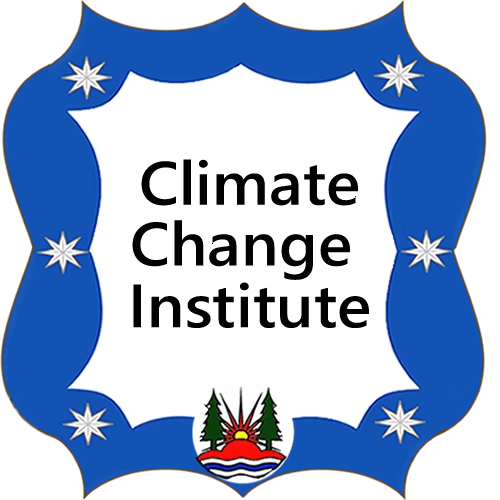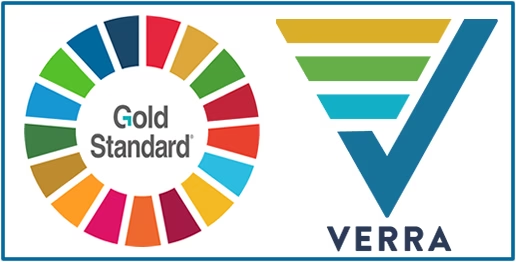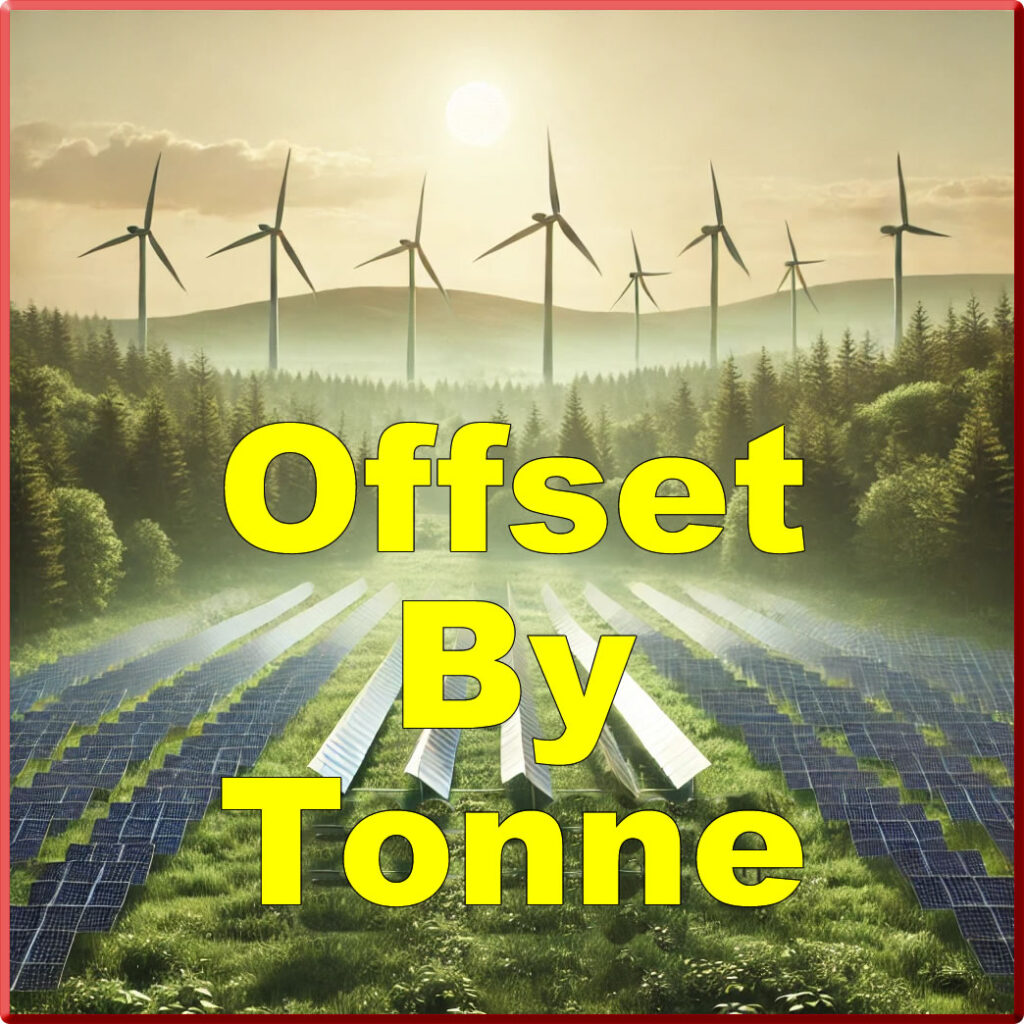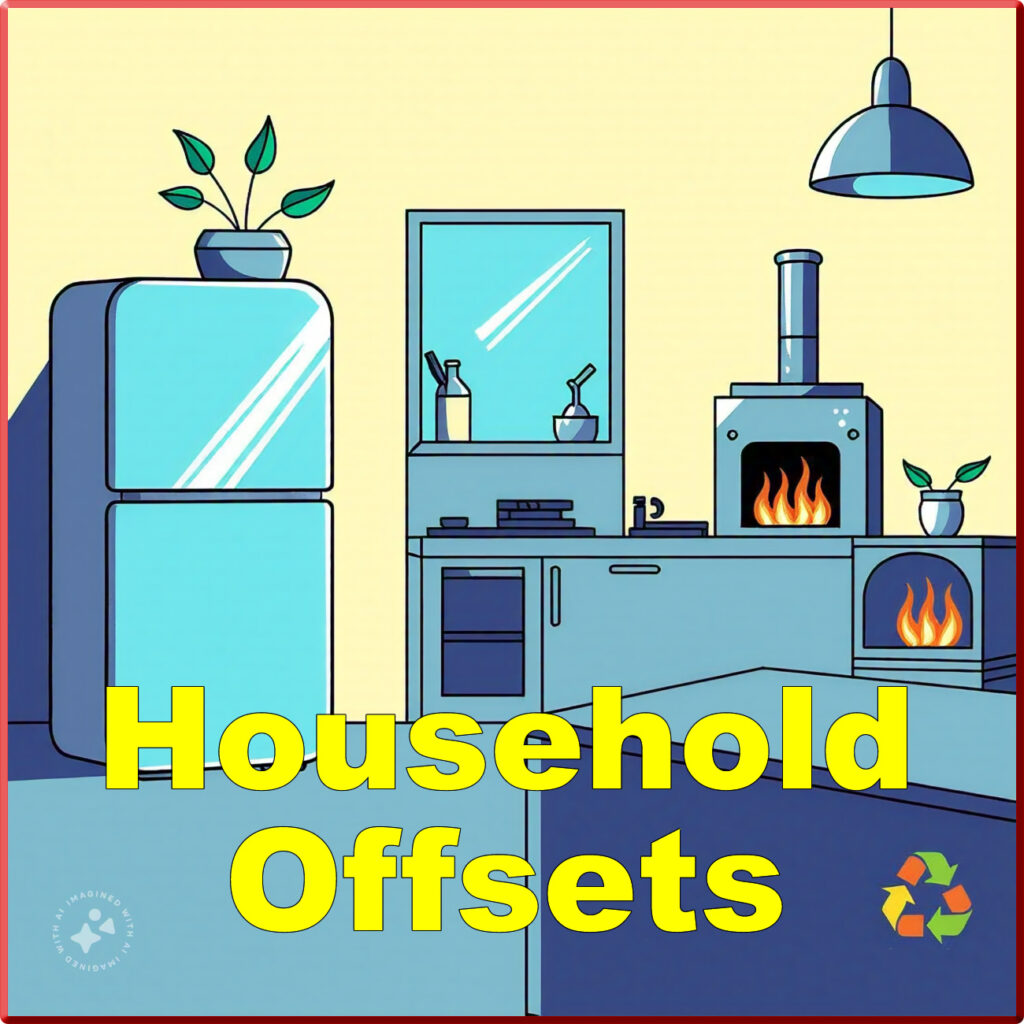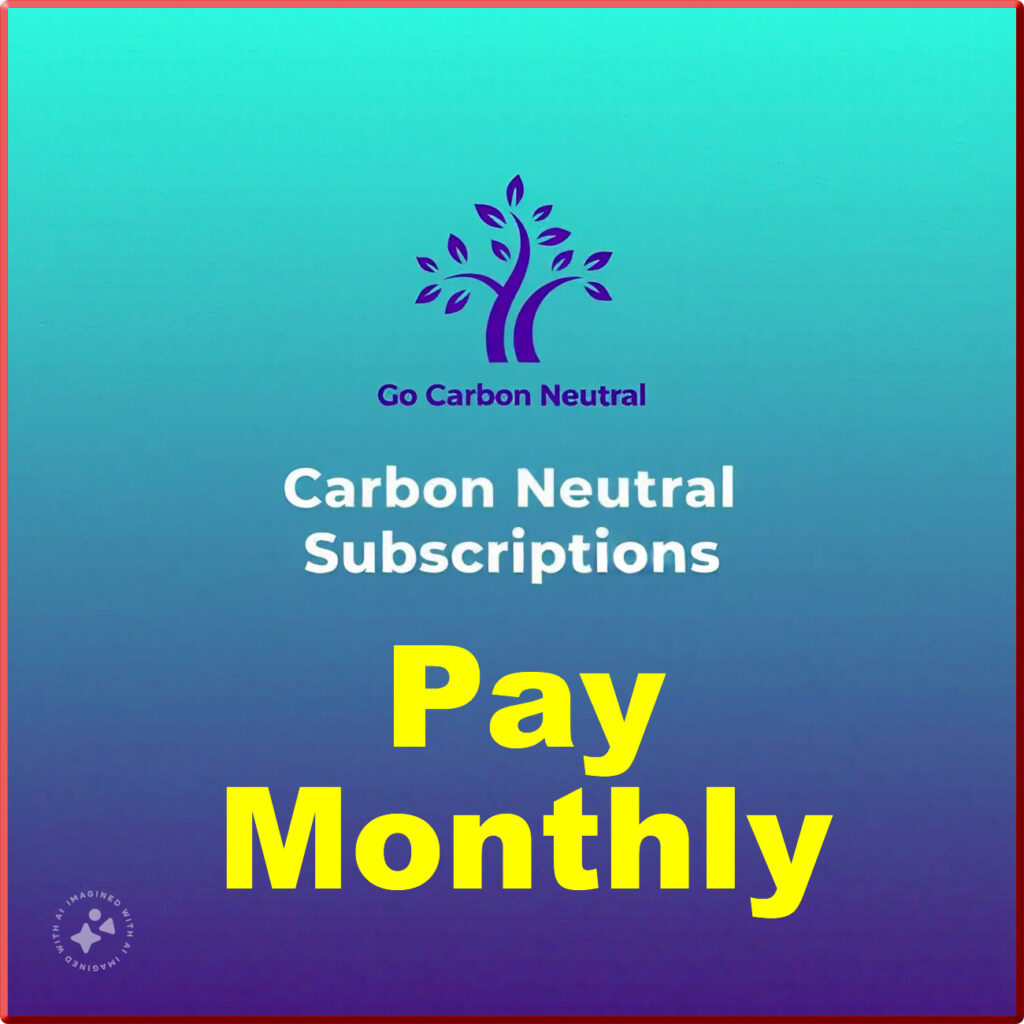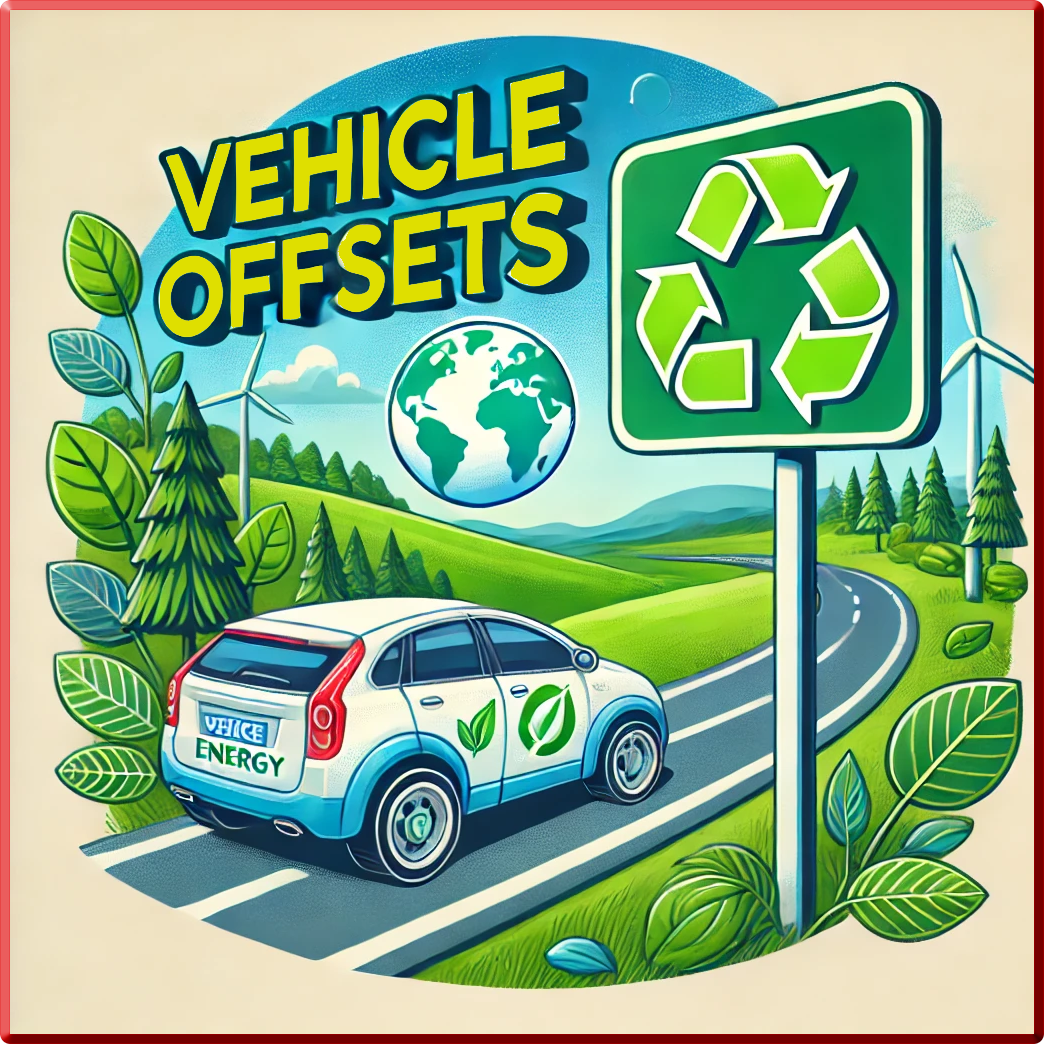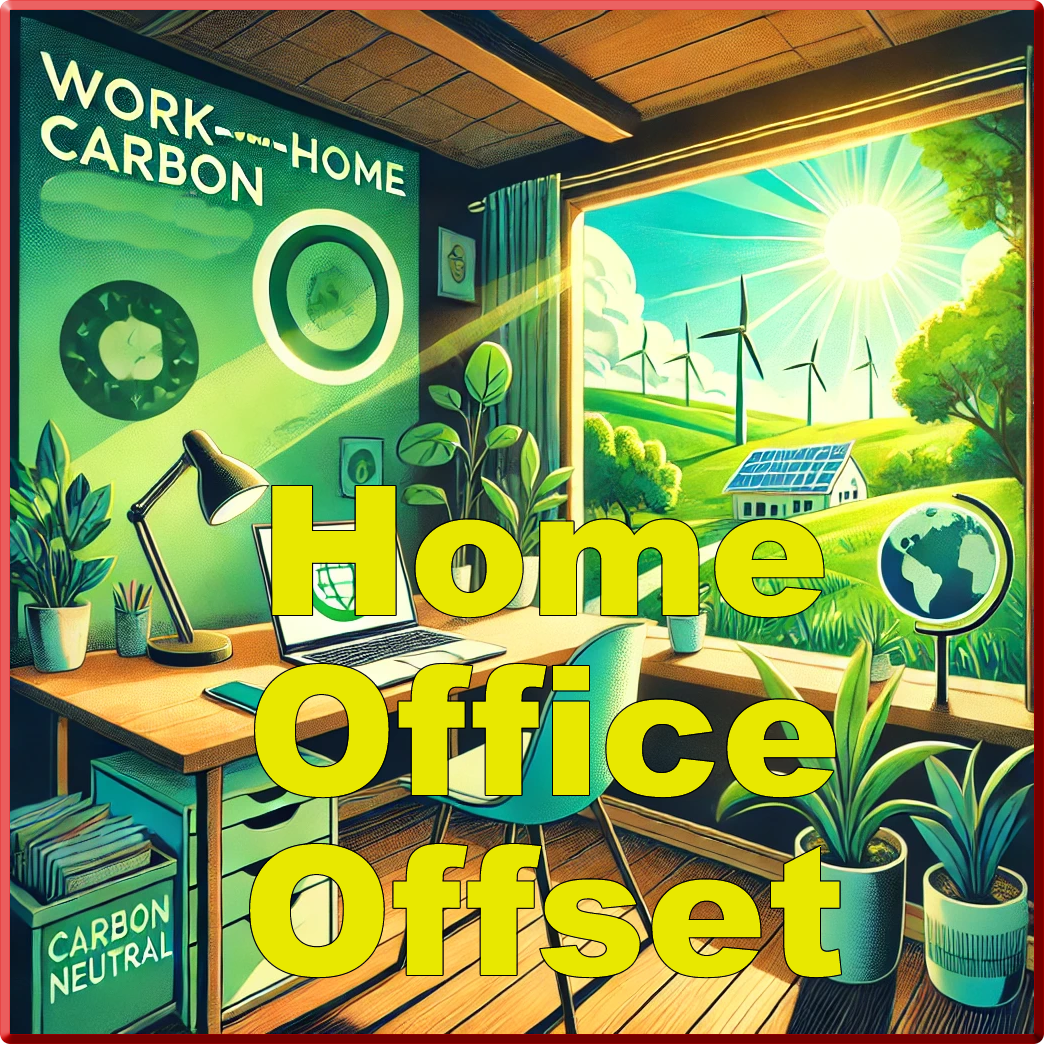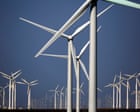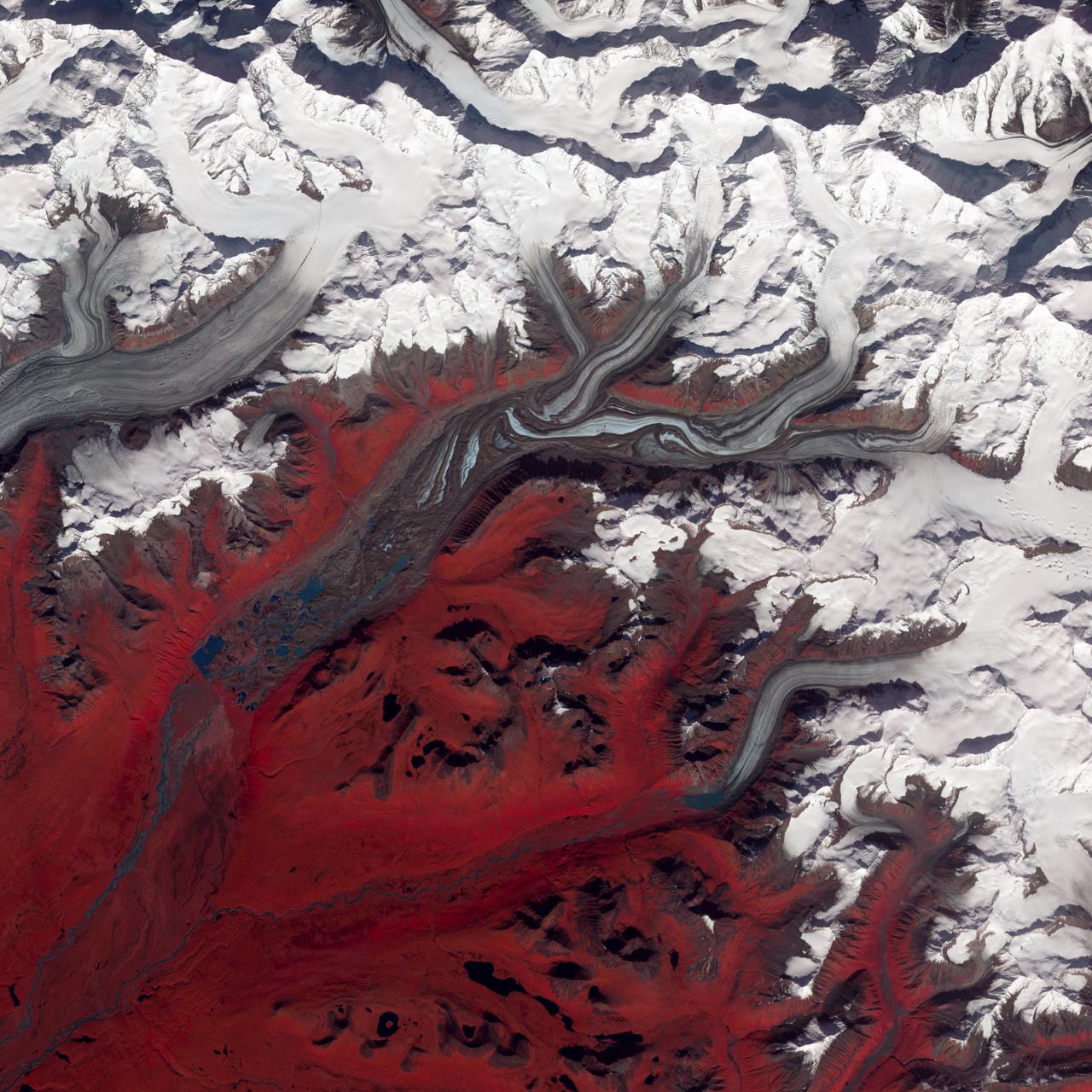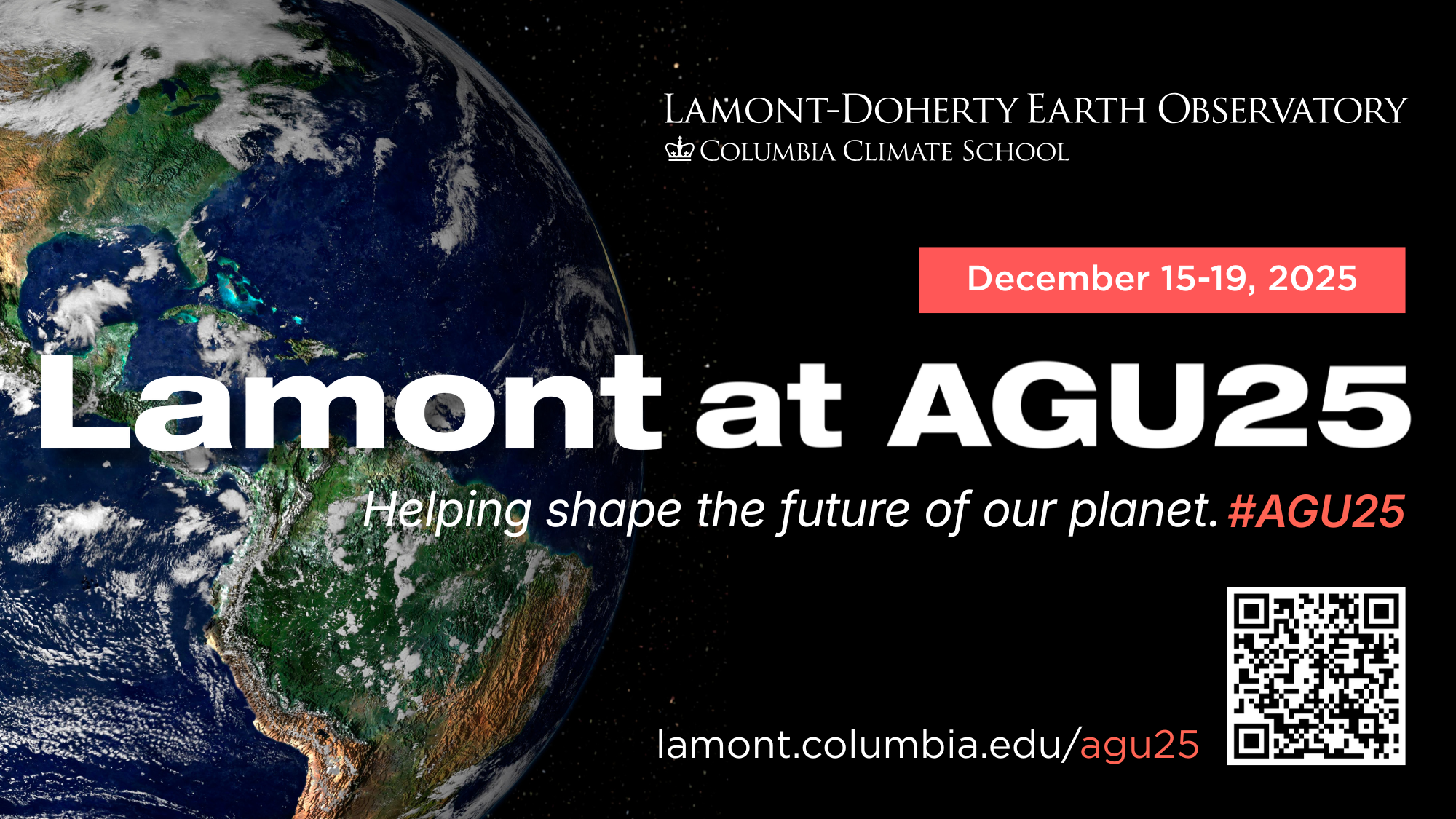Free Resources And Information For Individuals And Businesses To Measure and Reduce Their Emissions.
Carbon Offsets Finance Verified UN Endorsed Projects That Remove Carbon From The Atmosphere.
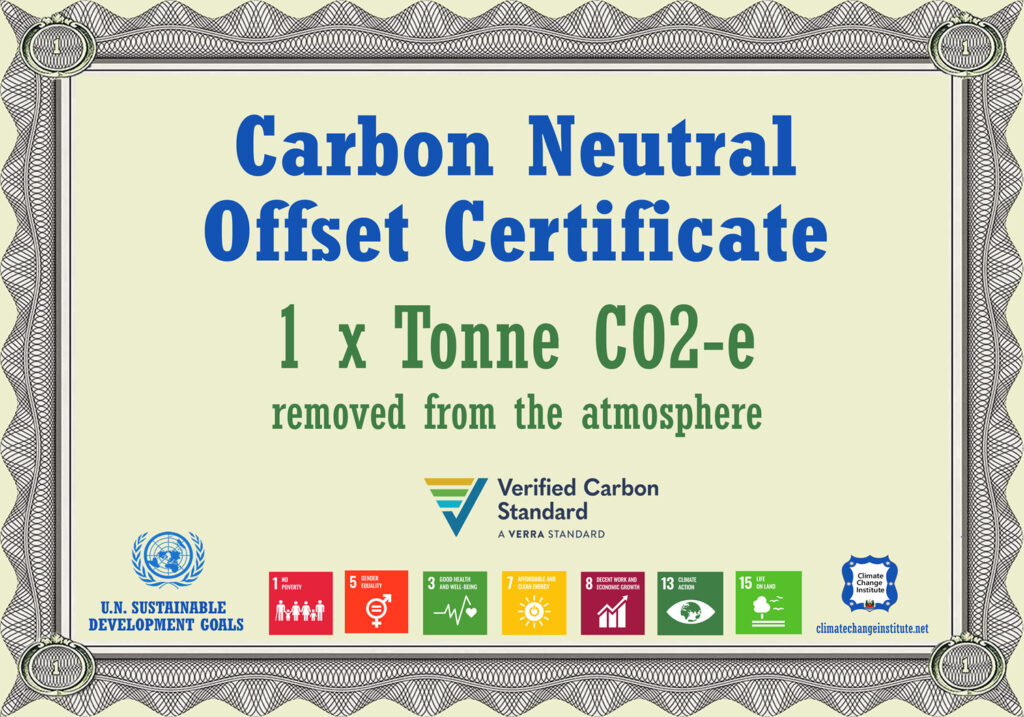
Go Carbon Neutral by Compensating for the Emissions That You Cannot Entirely Eliminate with Carbon Offset Certificates.
Carbon Credit Coin
A Transparent Climate Solution on the Binance Blockchain

The Climate Change Institute supplies verified carbon offsets to Carbon Credit Coin Corp. for CCC tokens, used for environmental utility to facilitate carbon offsetting. 🌱 We do not issue, promote, or endorse CCC tokens as financial products. 🚫 Crypto trading is risky—price volatility and security issues may lead to losses. We are not liable for activities on third-party platforms like PancakeSwap. 📜 See our Disclaimer for details.
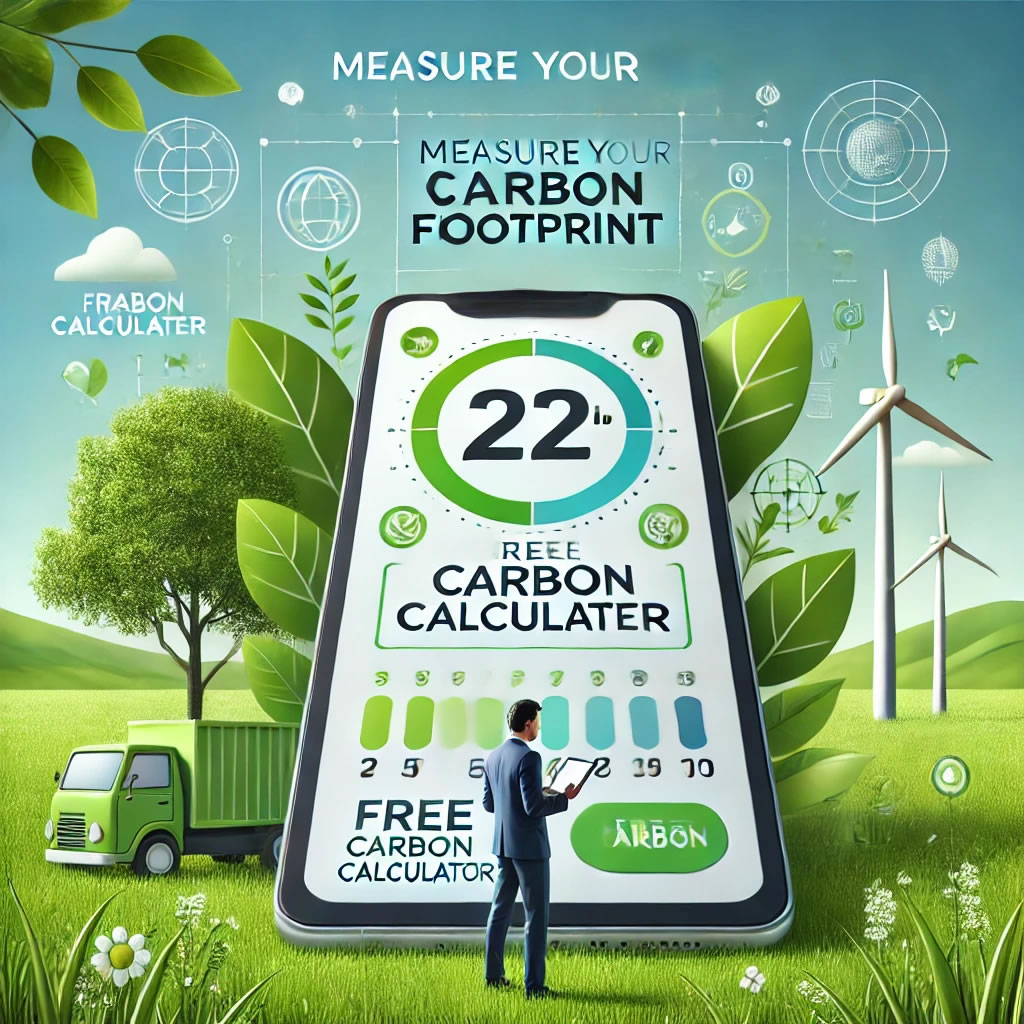

You can also utilize the EPA spreadsheets to obtain a more precise estimate of your carbon footprint.
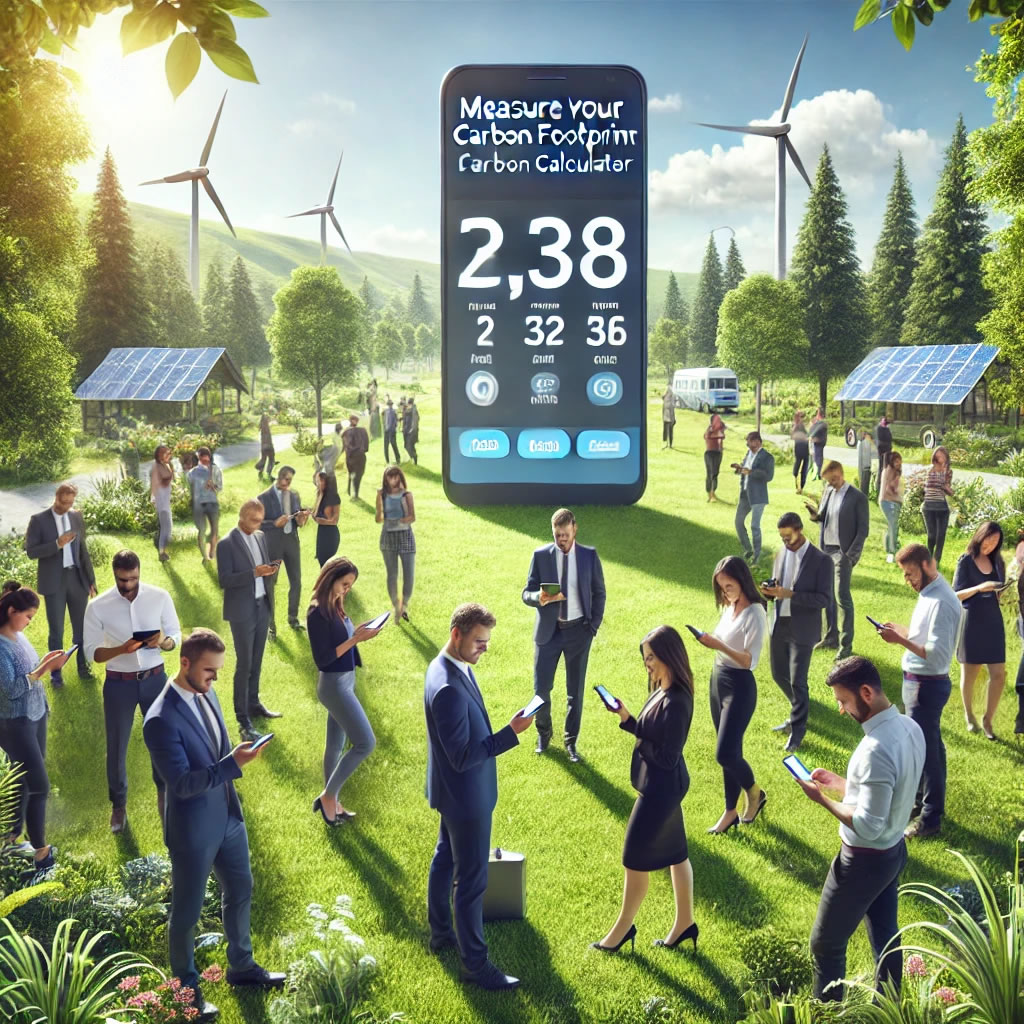
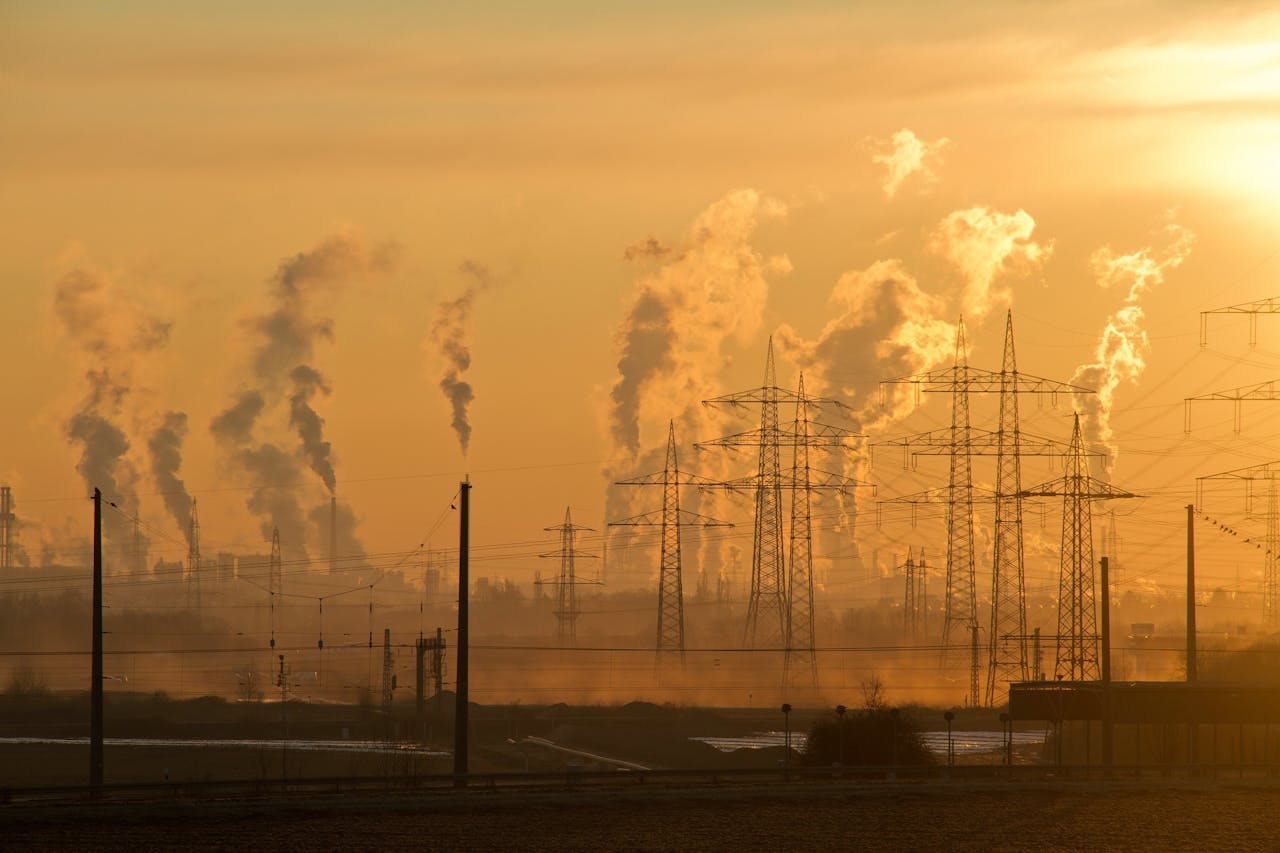
The Emission Reduction Program for small businesses gives customisable templates which are easy to use.
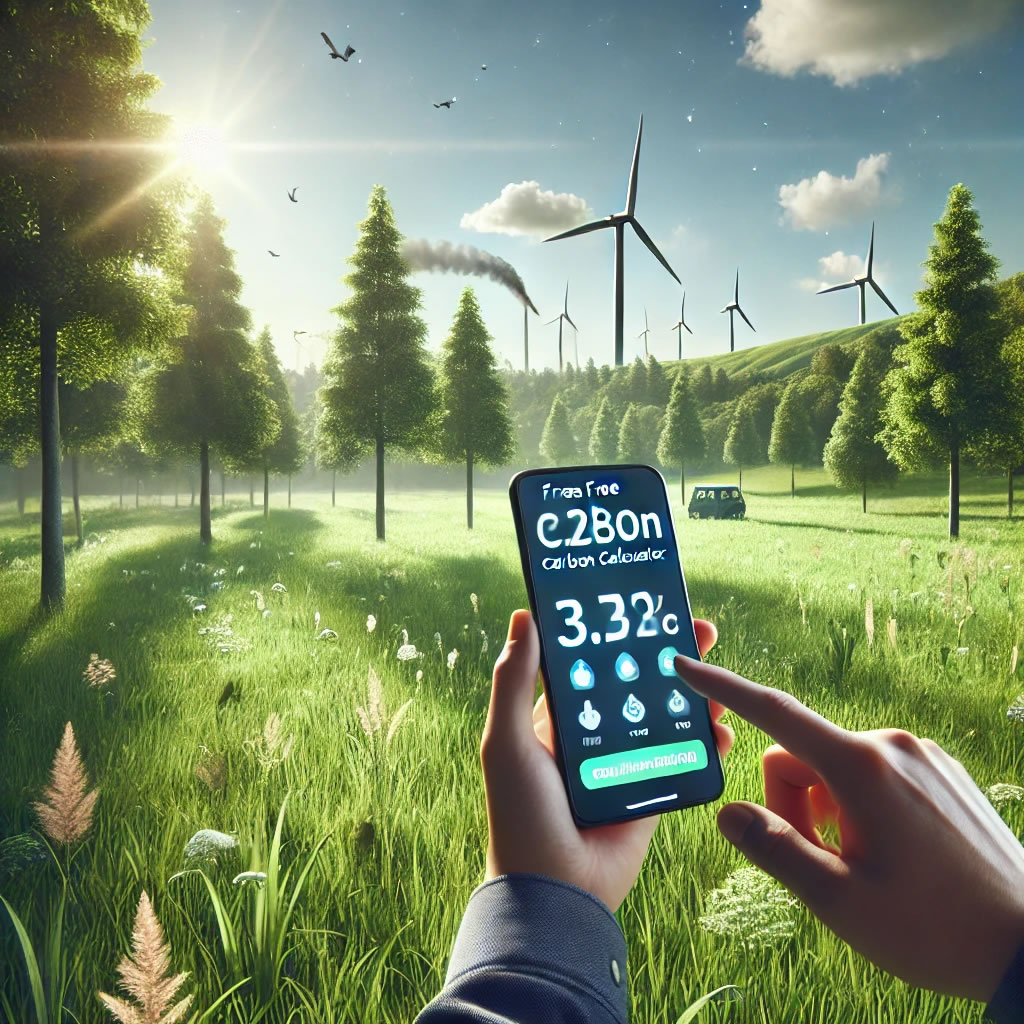

Offset Certificates finance verified projects that help to slow down the rate of global warming.
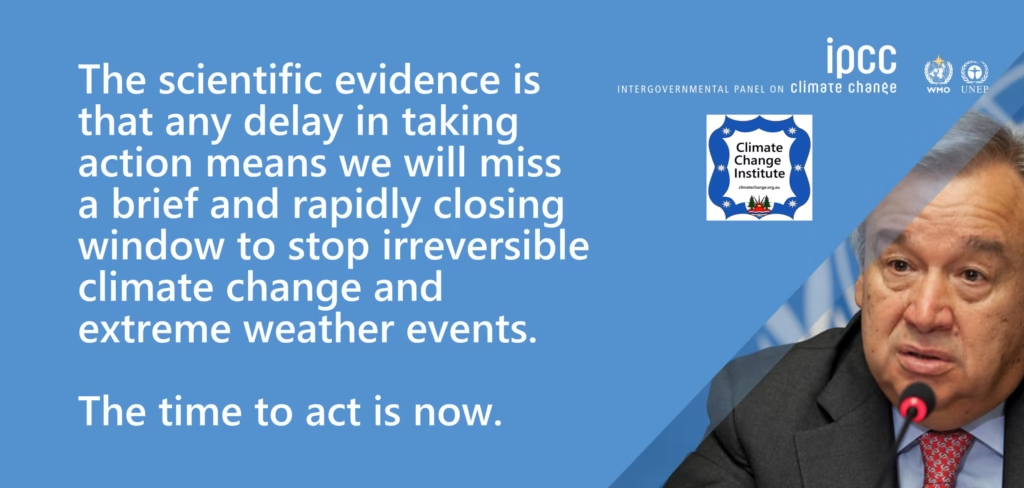
Visit the Climate Change Institute Net Zero Gift Shop, where every gift purchase includes a carbon offset certificate to compensate for its carbon emissions.
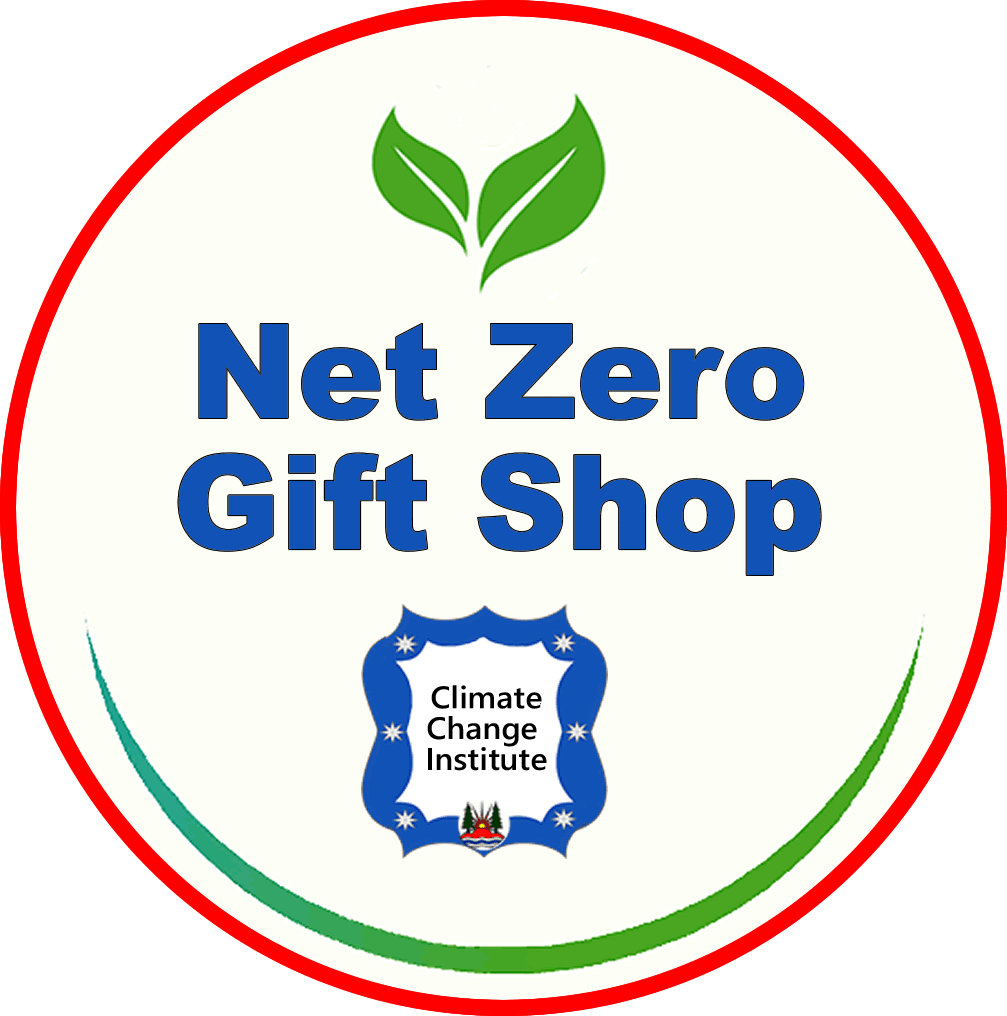
Research now shows that there is a higher risk that abrupt and irreversible changes to the climate system could be triggered at smaller global temperature increases.
This means that climate change becomes impossible to stop no matter what actions we take.
There are also indications that exceeding tipping points in one system, such as the loss of Arctic sea ice or thawing of permafrost, can increase the risk of crossing tipping points in others.
There is a significant risk that we will reach the point of no return.

Measure
We provide information and resources to help people and organisation quickly and easily measure their carbon footprint.

Reduce
Giving people and companies information on the choices they can make to reduce their emissions and lower their carbon footprint
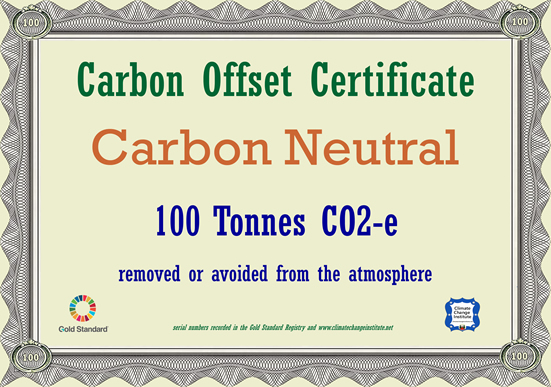
Offset
Helping people with information on the most cost- effective certified projects from different regions around the world.
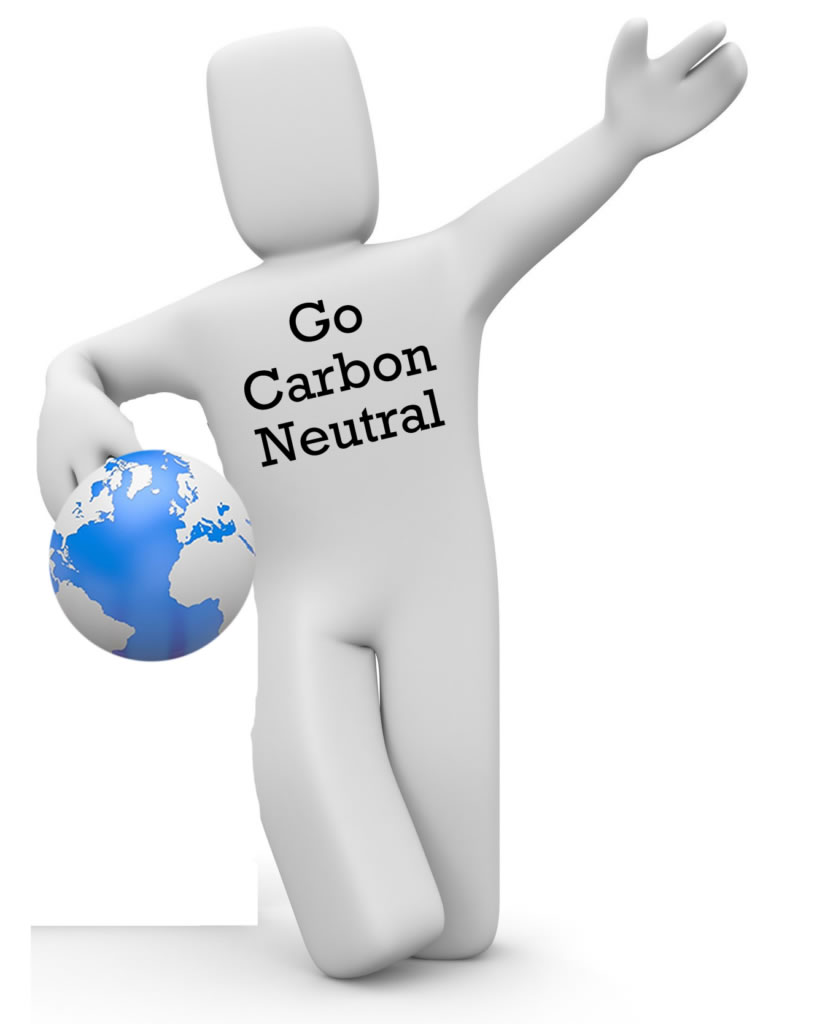
The first step in becoming carbon neutral is to calculate your carbon footprint which is the amount of greenhouse gases that you, or your organisation, produces in daily life.
The next step is to reduce your emissions which for people may involve changing some consumption habits and lifestyle choices, and for companies establishing a robust emission reduction program.
The final step is to compensate for the emissions you cannot entirely eliminate with carbon offset certificates which finance certified projects that remove carbon from the atmosphere in other parts of the world.
Social Media Network
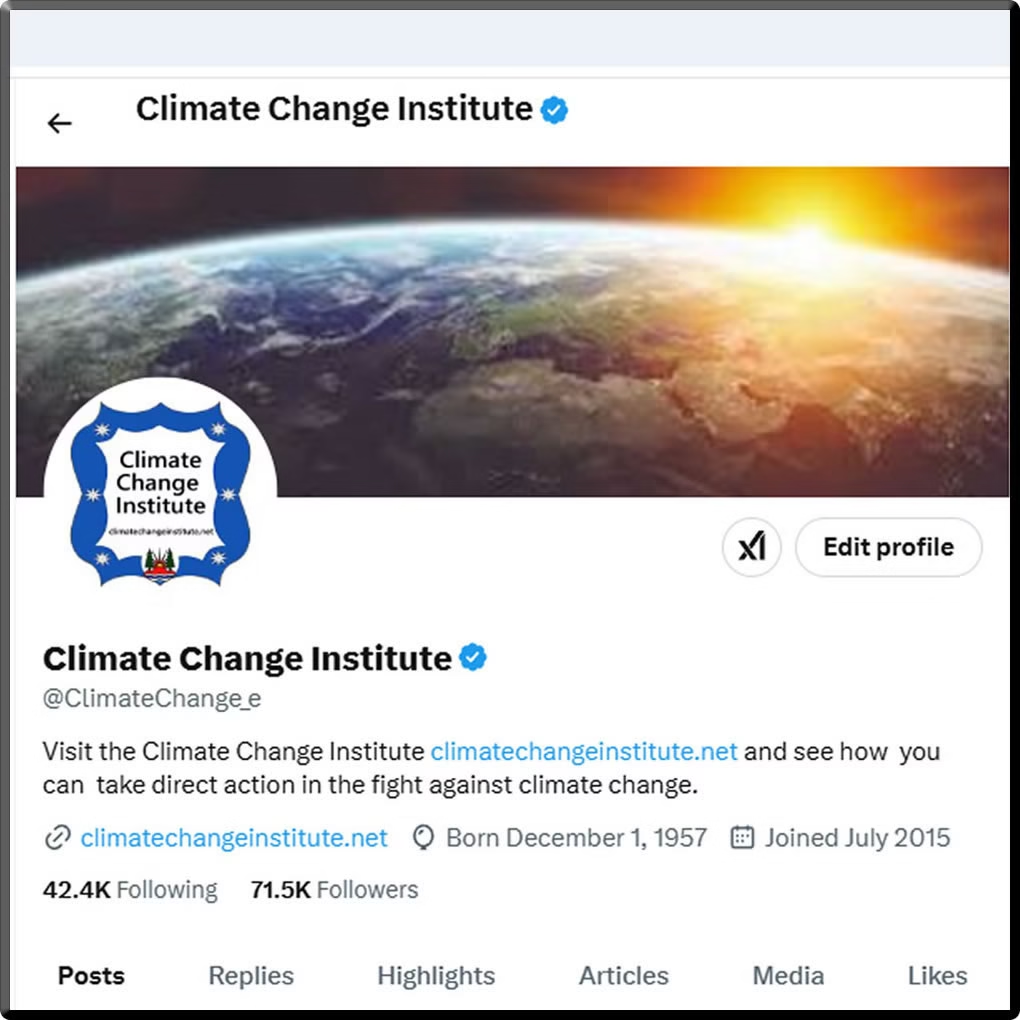
- ‘A shift no country can ignore’: where global emissions stand, 10 years after the Paris climate agreement
The watershed summit in 2015 was far from perfect, but its impact so far has been significant and measurableTen years on from the historic Paris climate summit, which ended with the world’s first and only global agreement to curb greenhouse gas emissions, it is easy to dwell on its failures. But […]
- The path of least emissions: how to take a sustainable holiday this summer
While it’s impossible to escape the emissions associated with flying, some travel methods are more carbon-intensive than othersChange by degrees offers life hacks and sustainable living tips each Saturday to help reduce your household’s carbon footprintGot a question or tip for reducing […]
- Coalmine expansions would breach climate targets, NSW government warned in ‘game-changer’ report
Environmental advocates welcome Net Zero Commission’s report which found the fossil fuel was ‘not consistent’ with emissions reductions commitments Sign up for climate and environment editor Adam Morton’s free Clear Air newsletter hereGet our breaking news email, free app or daily news […]
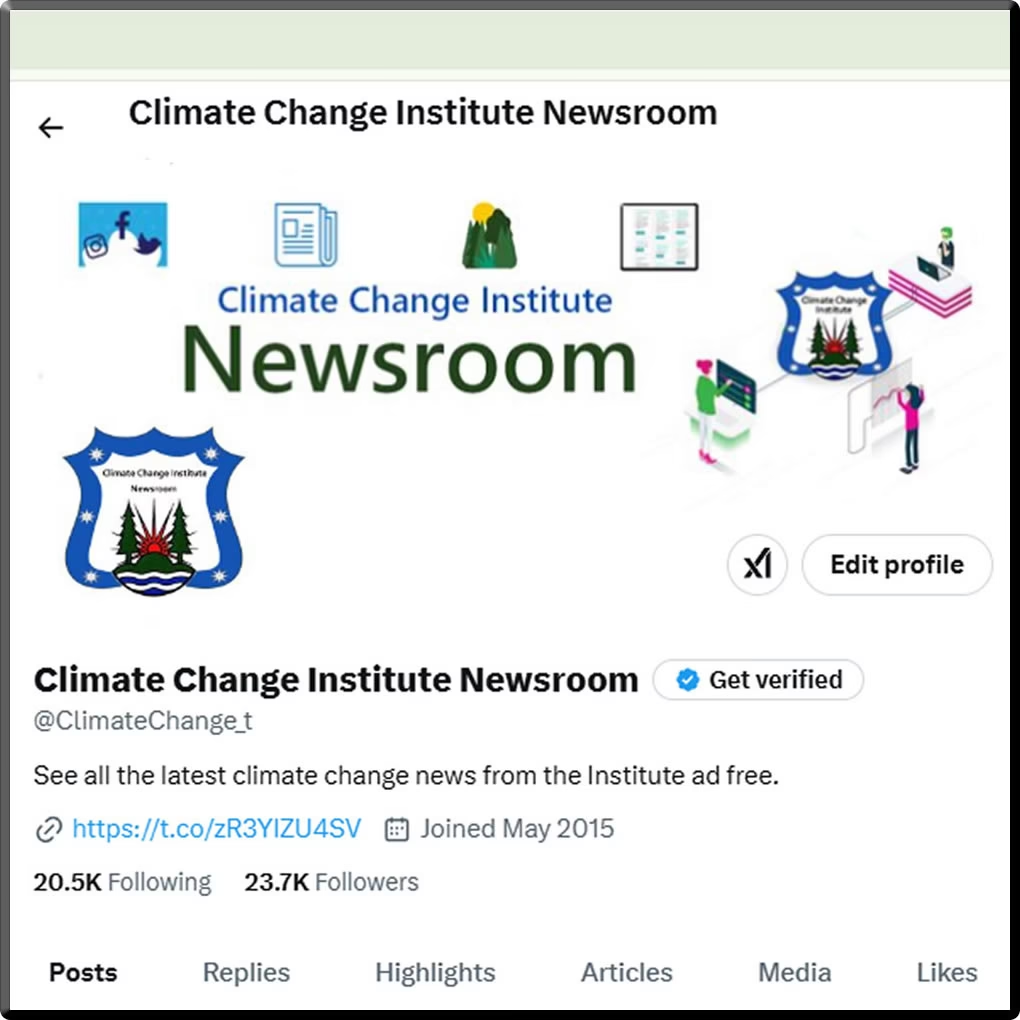
- “Labour Group Slams Lord Glasman Over Climate Denial Lecture” DeSmog
“An influential Labour peer has been criticised for being the star speaker at the UK’s main climate science denial group, which says carbon emissions are a “benefit to the planet”. Lord Maurice Glasman, founder of the conservative ‘Blue Labour’ faction of the Labour Party, […]
- Amid Brutal Heat Wave, Officials Stress Health Risks of Hot Nights
Excerpt : “Much of the United States is baking amid an unusually severe June heat wave, with more than 150 million people under some sort of heat advisory. The unrelenting heat wave started in the Mountain West over the weekend and has since descended upon the Midwestern and Eastern U.S., […]
- Flood in Oman due to severe rains. Flooding in Arabian Peninsula …
YouTube”Both Oman and the UAE, which hosted last year’s COP28 UN climate talks, have previously warned that global warming is likely to lead to more flooding.Friederike Otto, a leader in the field of assessing the role of climate change on specific extreme weather events, said it was likely […]
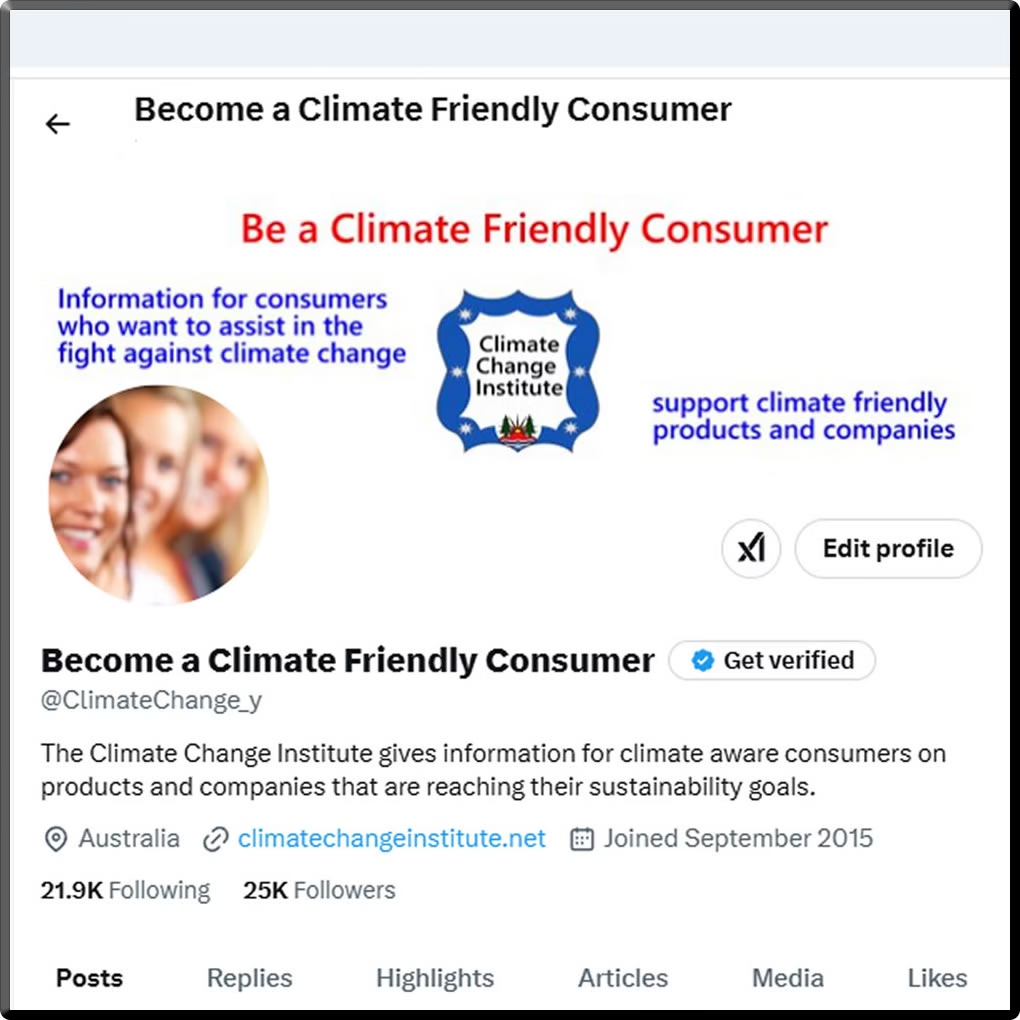
- Securing the Future of Glacier Monitoring in a Warming World
The results of a recent community effort highlight the rapid decline of glaciers worldwide, as well as the importance and challenges of glacier monitoring.
- A Climate-Friendly Holiday Gift Guide
Six fun and thoughtful ways to keep our climate and planet in mind this holiday season.
- American Geophysical Union 2025: Key Scientific Presentations From Lamont-Doherty Earth Observatory and Columbia Climate School
Check out a guide to some of our notable research at this year’s AGU conference.
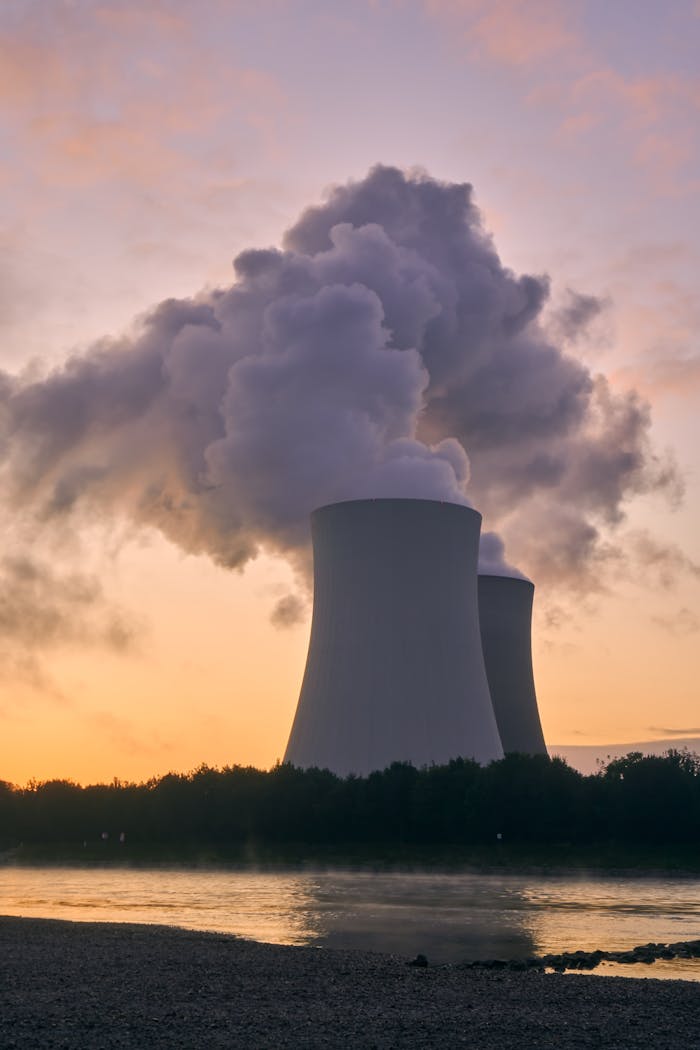
What is Climate Change?
Climate change is one of the most pressing issues facing our planet today. It refers to significant changes in global temperatures and weather patterns over time. While climate change is a natural phenomenon, scientific evidence shows that human activities are currently driving an unprecedented rate of change. The primary cause of recent climate change is the increase in greenhouse gases in the atmosphere due to human activities. Key contributors include:
- Burning of Fossil Fuels: Coal, oil, and natural gas combustion for energy and transportation releases large quantities of carbon dioxide (CO2) and other greenhouse gases.
- Deforestation: Trees absorb CO2, and cutting them down reduces the Earth’s capacity to sequester carbon.
- Agricultural Practices: Methane emissions from livestock and rice paddies, along with nitrous oxide from fertilizers, contribute to the greenhouse effect.
- Industrial Processes: Certain industrial activities release various greenhouse gases, including CO2, methane, and fluorinated gases.
Effects of Climate Change
The impacts of climate change are widespread and varied, affecting ecosystems, weather patterns, sea levels, and human societies. Key effects include:
- Rising Temperatures: Global temperatures have been steadily increasing, leading to more frequent and severe heatwaves.
- Melting Ice and Rising Sea Levels: Polar ice caps and glaciers are melting, contributing to rising sea levels, which threaten coastal communities.
- Extreme Weather Events: Increased frequency and intensity of hurricanes, droughts, floods, and other extreme weather events.
- Biodiversity Loss: Many species are struggling to adapt to changing conditions, leading to shifts in ecosystems and potential extinctions.
- Human Health Risks: Increased heat can lead to heat-related illnesses, while changing weather patterns can affect food and water supply, leading to malnutrition and waterborne diseases.
Mitigation and Adaptation Strategies
Addressing climate change requires both mitigation and adaptation strategies. Efforts to reduce or prevent the emission of greenhouse gases include:
- Transitioning to renewable energy sources like solar, wind, and hydroelectric power.
- Enhancing energy efficiency in buildings, transportation, and industries.
- Promoting reforestation and sustainable land use practices.
- Developing resilient infrastructure to withstand extreme weather.
- Implementing water management practices to cope with variable water supplies.
- Protecting and restoring natural ecosystems to enhance their resilience.
Climate change is a complex and multifaceted issue that requires global cooperation and immediate action.
By understanding its causes, effects, and the strategies available to address it, we can work towards a sustainable future for our planet.
It is imperative for governments, businesses, and individuals to take proactive steps to mitigate climate change and adapt to its inevitable impacts.
